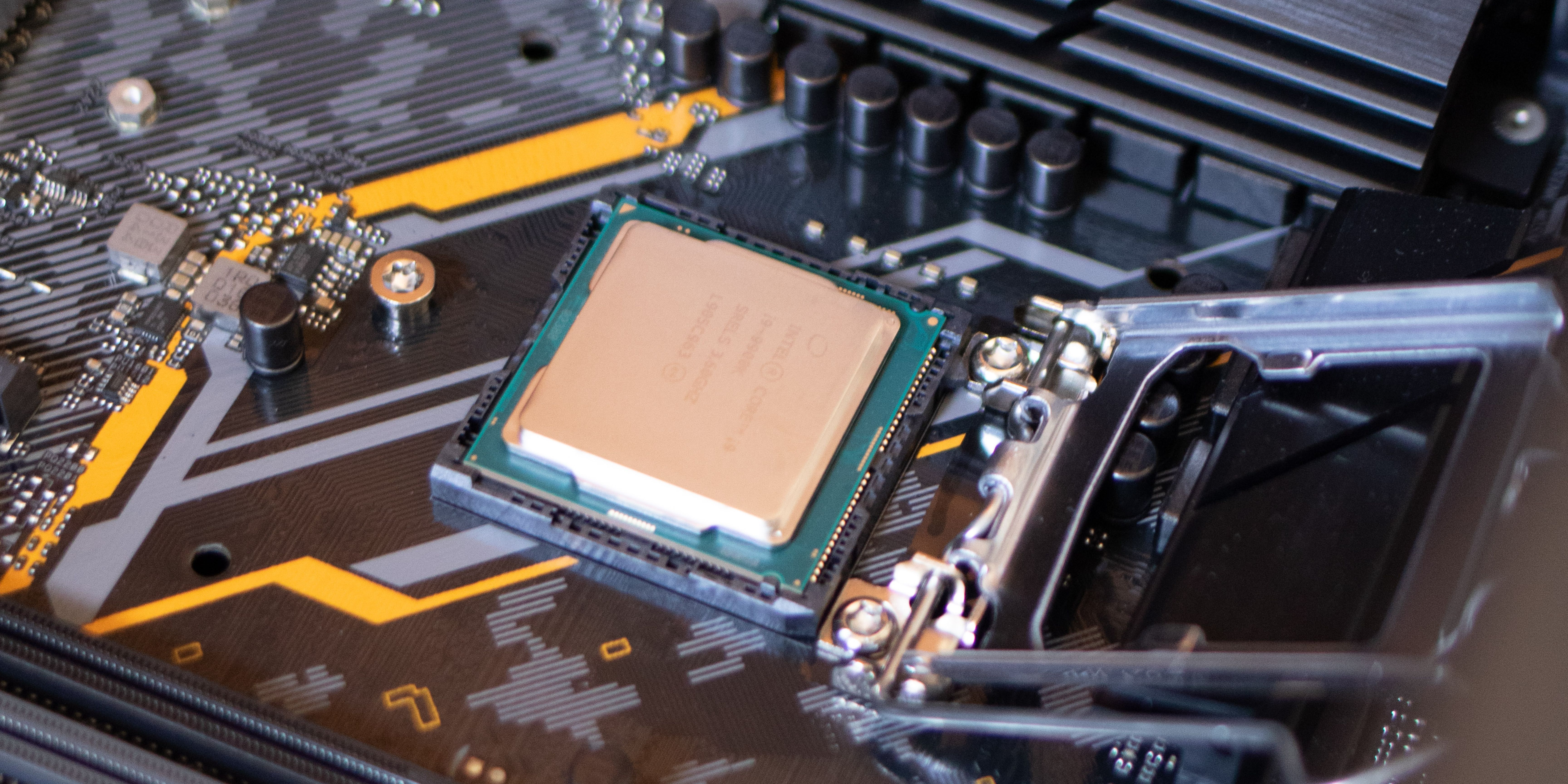OCR GCSE 1.1 Systems Architecture Revision Guide

OCR GCSE J277 expects you to describe every stage of the fetch–decode–execute cycle, justify CPU design decisions, and evaluate how different system architectures affect performance. This guide from Computer Science Revision Hub walks you through the specification, connects the tricky theory to realistic exam phrasing, and points you to additional revision assets – including our memory and storage companion post and the Boolean logic deep dive that underpins control logic questions.
OCR J277 Context and Big Ideas
Systems architecture is the skeleton of Paper 1. Questions often combine CPU components, embedded systems scenarios, and performance calculations with memory bandwidth data. Aim to explain core terminology precisely: a control unit that orchestrates operations, an arithmetic logic unit (ALU) that executes integer calculations and logic, and registers that hold immediate data. Examiners reward answers that show how these parts interact rather than defining them in isolation. When you evaluate, link to user requirements – cost, speed, power consumption – and reference how cache size or clock speed influences the fetch–decode–execute (FDE) cycle throughput. Bridging to other specification points helps, so reference secondary storage in performance questions, or cite how Boolean simplification reduces control circuitry.
Key Exam Points
- Describe the Von Neumann architecture as a single memory space for data and instructions accessed via buses, and contrast it with Harvard separation when evaluation marks appear.
- State the role of each register in order: Program Counter updates to the next instruction, Memory Address Register points to memory, Memory Data Register transfers contents, Current Instruction Register holds opcodes, and Accumulator stores interim results.
- Break the FDE cycle into fetch (copy address, read instruction), decode (control unit interprets opcode), execute (ALU or control unit runs operation), then update Program Counter and status registers.
- Explain clock speed as cycles per second, but argue diminishing returns due to heat, pipeline stalls, or memory bottlenecks to earn analysis marks.
- Define the three-level cache hierarchy, linking cache size and proximity to hit rate improvements; include bandwidth comparisons to RAM.
- Compare multi-core processors to single-core designs; mention how parallel tasks only run faster if software is written for concurrency.
- Relate embedded system features – dedicated functions, low power, real-time responses – to exam scenarios such as washing machines or vehicle control units.
- Link CPU performance to secondary storage speed, identifying when SSD throughput reduces idle time versus mechanical delays.
Worked Specification Breakdown
Before you practise exam questions, sketch the CPU data path. Draw arrows from the Program Counter and Memory Address Register towards main memory, and show the flow back through the Memory Data Register into the Current Instruction Register and Accumulator. Annotate control signals (read/write, memory address bus, control bus lines) so that when a question mentions “buses” you can name them and state their purpose. For evaluation prompts, use the PEEL structure: Point (e.g. increasing cache size), Explain (reduces fetch time), Example (quadruple cache yields more hits when looping through arrays), Link (therefore fewer delays in the FDE cycle).
In interpretive questions, examiners love data tables. If you receive a processor comparison, calculate percentage differences: e.g. a 3.6 GHz CPU is 20% faster than 3.0 GHz, but if the cache doubles and the question asks for justification, emphasise the expected improvement in instruction throughput even for the same clock speed. When questions mention “overclocking”, balance the benefits (more instructions per second) against risks (thermal throttling, decreased reliability, higher power consumption). For embedded systems, tie features to scenario requirements and cite sensors/actuators as inputs and outputs controlled by the CPU. Reinforce your understanding by reading our Python fundamentals article to appreciate how low-level architecture impacts high-level code execution.
Example Question & Answer
Question: A manufacturer is upgrading an embedded monitoring device. The current CPU has a single core running at 2.4 GHz with 1 MB cache. The upgrade option offers a dual-core processor at 2.0 GHz with 4 MB cache. Evaluate which processor is more suitable for processing multiple sensor inputs in real time (6 marks).
Model answer: The dual-core processor can execute two threads simultaneously, so in a monitoring device where different sensor readings may be processed in parallel, throughput increases despite each core running at a lower clock speed. The larger 4 MB cache allows frequently accessed instructions – such as data validation loops – to stay closer to the CPU, reducing fetch latency compared with the 1 MB cache on the single-core chip. Although each core runs at 2.0 GHz versus 2.4 GHz, real-time responsiveness depends on total instructions completed per second; parallel tasks benefit from the additional core. The trade-off is higher power consumption and complexity, but because the scenario specifies multiple sensors, the ability to process concurrent inputs outweighs the marginal loss in clock speed.
Common Mistakes & Tips
- Listing register names without describing how data moves between them – always mention the bus involved and the outcome.
- Confusing cache and RAM roles; remember cache is managed by hardware automatically, while RAM is the working memory accessible by programmers.
- Believing that more cores always double performance; qualify your answers with software dependencies and potential overhead.
- Assuming embedded systems are always low performance; explain why they are optimised for a specific task and limited interface.
- Ignoring heat and energy constraints when recommending overclocking or additional cores in real-world scenarios.
- Forgetting to convert between Hertz, kilohertz, and megahertz, which leads to careless numerical errors.
- Omitting comparisons when evaluation verbs (compare, justify, evaluate) appear; state advantages and disadvantages for full marks.
Further Practice
Link to relevant site pages:
